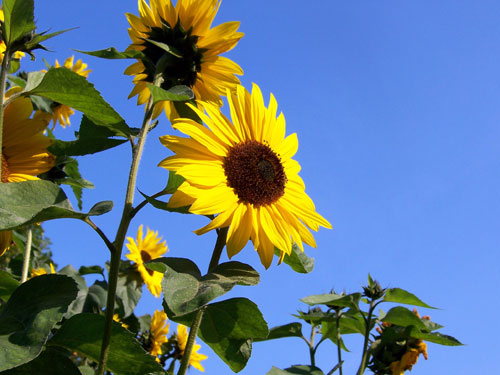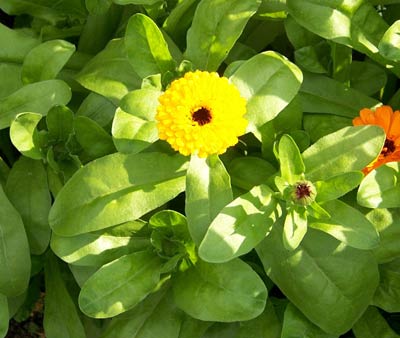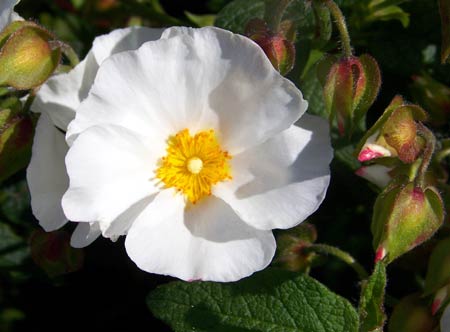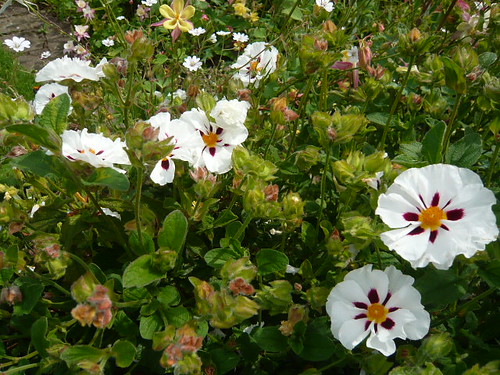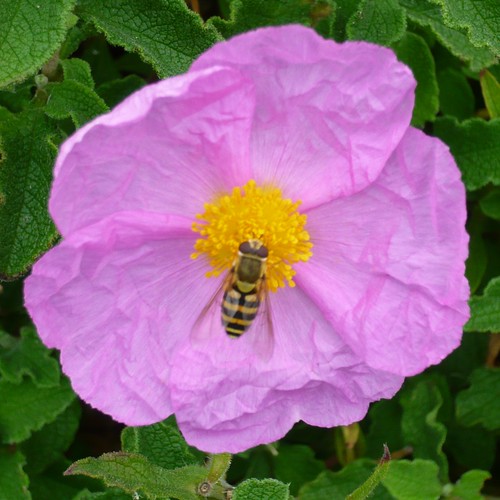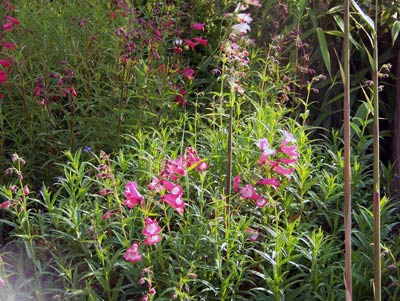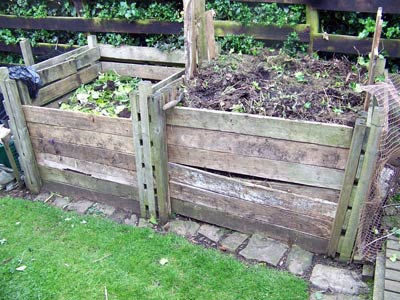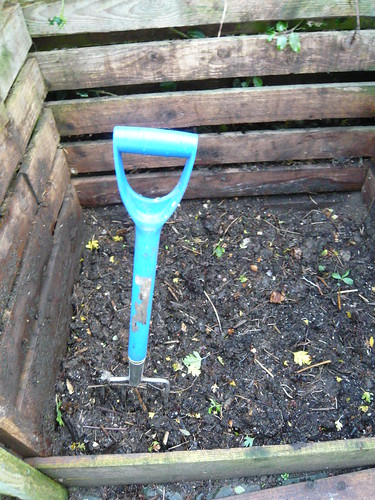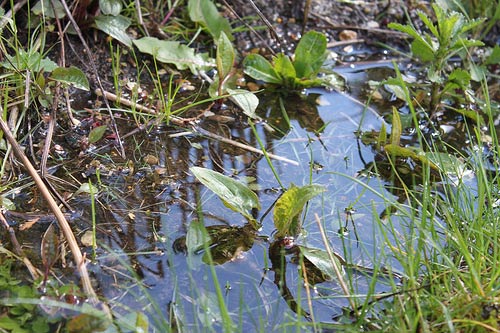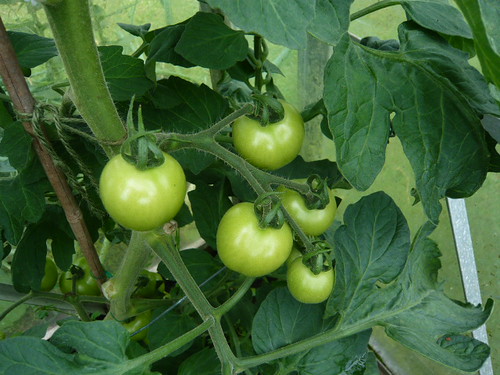
There are few things that can beat the taste of home grown tomatoes. Growing tomatoes is not straightforward, they require constant attention throughout the year. However, they can be one of the most rewarding vegetables to grow. You will have no shortage of friends when you start to distribute home grown tomatoes…
Sowing Tomato Seeds
Sow seeds in Feb through to April. If you start them early they will need more early season protection, but, they will give a longer cropping season, rather than just a cropping season in late September / October.
In the UK, tomatoes will need to be grown under glass for most of the growing season. In the south, you will get some success from growing outside, but, you will gain a bigger crop by growing in a greenhouse.
Preventing Disease.
Tomatoes are susceptible to disease, especially when grown in greenhouses. These tips will help to prevent disease.
- Avoid waterlogged soil
- Replace the soil each growing season because many diseases remain in the soil. Use soil rotation techniques.
- Keep the greenhouse clean and tidy of any dead and diseased leaves.
- If any part of a tomato becomes effected with fungal rot make sure you remove it immediately to prevent it spreading.
- Ensure good ventilation, remove lower leaves to give more air around the bottom of the plant
- Deal with infestation of insects such as greenfly as they will help spread disease.
- Disinfect the greenhouse at the end of the growing season with Jeyes Fluid

Watering.
- After planting out your tomato plants do not water for 7-10 days so the roots start to seek nourishment and grow
- Before fruits start to form, it is advisable to be moderate in watering. If you water and feed, you will just get more growth of the stem and they will be taller; this will not increase yields, but make them more unmanageable. However, once the fruits start to form it is important to ensure a good water supply, as it is essential for the formation of ripe fruits.
- Tomatoes can need watering twice a day, if grown in growbags.
- If you rely on a neighbour to water whilst you are away, make sure they are reliable and make sure they water in sufficient quantities.
- Bury a plant pot alongside your tomato plants so watering is easy and it gets down to the roots
- Tomatoes feed on roots near the surface and drink from deeper tap roots. Good watering makes for good tomatoes.
Feeding Tomatoes
Tomatoes are hungry feeders and definitely benefit from Tomato food during the formation of fruits once the first truss has set. This is particularly important if grown in grow bags
Support and Pinching Out.
For Cordon varieties of tomatoes, make sure you pinch out side shoots so that the plants focus their energy on a single stem. If you don’t you will get a lot of green growth and not many fruits. Also after about 7 branches develop, pinch out the top of the plant and focus on these 7 branches and their fruit.
This is an important tip, often forgotten by first time tomato growers. If you don’t have time to pinch out sideshoots, grow bush varieties.
Support your tomato plants with strong canes and string. They become very heavy with fruit.
Optimal Heat for Tomatoes
Tomatoes like a warm temperature. However, you should try to avoid temperatures above 85 F. In the height of summer, you will need to whitewash your green house and water down the floor of the greenhouse in the morning. The optimal temperature is around 75 to 80 degrees.
Tomatoes and Marigolds.
It is suggested growing marigolds or poached egg plants in between tomato plants to encourage hover flies who eat greenfly.
Tomatoes in grow bags.
Tomatoes in grow bags can be a good way of changing the soil every year. One tip is to use a double grow bag. cut a hole in the top of one and the bottom of another giving a double layer of growbag. This makes watering easier and gives the soil more reserves.
Popular Varieties of Tomatoes
My Tomatoes 2012
- I like variety and am growing 5 types of tomato this year.
- Moneymaker is my main cordon variety that I will keep in the greenhouse and pinch out.
- Sunbaby yellow cherry tomatoes will go in the greenhouse along with the old favourite Gardeners Delight.
- Garden Pearl is a new venture for me bred for hanging baskets I will try this cherry tomato in a container.
- I expect least from an outdoor Marmande a beefsteak variety.

Cherry-Tomato-Plants_Autumn__55843 by Public Domain Photos CC BY 2.0
